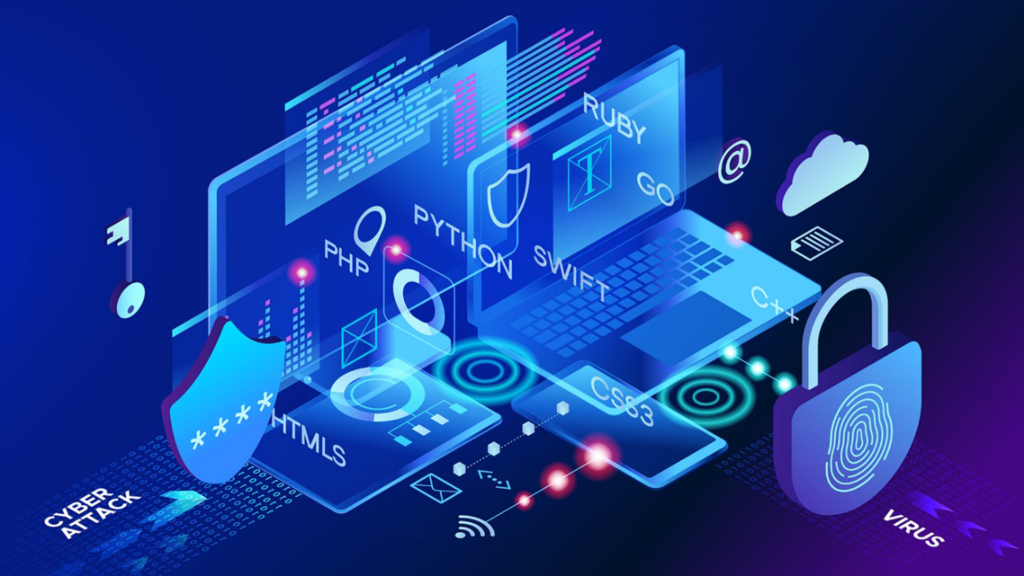Indeed, the threats corresponding to the rapidly growing financial technology (FinTech) sector are also evolving. Since millions use financial applications for transactions, investments, and savings, the security must be strong.
In this blog post, we will discuss the best practices developers should follow in fintech security to secure financial apps and information from hackers
Secure your FinTech app today. Contact Deliverydevs for expert cybersecurity solutions.
Understanding FinTech Security Challenges:
Data Sensitivity:
Regulatory Compliance:
Complexity of Integrations:
Fundamental Cyberspace Protection Techniques for Sound Financial Applications
1. Implement Proactive Security Measures:
Threat Modeling:
Periodically evaluate possible threats to your application. To be able to formulate countermeasures, it is necessary to detect vulnerabilities in design and architecture.
Regular Security Audits:
2. Adopt Secure Development Practices:
Input Validation:
Secure Coding Standards:
Code Reviews:
3. Utilize Strong Authentication Methods:
Multi-Factor Authentication (MFA):
Force users to provide second, third, … factors (e-g., SMS, email, or biometric).
Adaptive Authentication:
4. Encrypt Sensitive Data
Consequently, data protection has become an essential aspect of the FinTech industry. Employ encryption techniques to safeguard sensitive information:
End-to-End Encryption:
Key Management:
Not only should strong key management requirements be used to safeguard the encryption keys and ensure that they are secured and only accessible to authorized personnel.
This means that security incidents should be constantly monitored, and the necessary measures should be taken to handle them.
No security measure is foolproof, which is why continuous monitoring and incident response are essential:
Real-Time Monitoring:
Incident Response Plan:
Create an overall plan that should be put in place for dealing with cases of breaches so that damage caused and the time taken for recovery can be reduced.
6. Ensure Compliance with Regulations:
Data Protection Regulations:
Regular Compliance Audits:
Empower the people: Your Team and Your Users.
Most organizations fall prey to cyber threats and cyber attackers through human error. Training and awareness are crucial:
Employee Training:
Make sure your development and operations teams regularly use best practices regarding security concerns and vulnerability awareness training.
User Awareness:
Guide the users on how to be wary of phishing scams and how best to secure their accounts, including using a good password and multi-factor authentication.
DeliveryDevs: Pioneering Security in FinTech Solutions:
Conclusion:
It is pertinent to mention that the security of FinTech is an emergent issue of the highest significance. Cyber criminals are always on the lookout, and as such, the tricks they use also advance. As shown above, with the help of the strategies described, developers can create financial applications that are fully protected from threats that jeopardize users’ data and enhance users’ trust in the application.
Mainly, using ‘security-first’ strategies, employing best practices in development, and maintaining a constant check on the security of the technology products are crucial in securing the future of financial technology. If proper attention to FinTech cybersecurity is paid, everyone will have a more secure digital financial environment.





